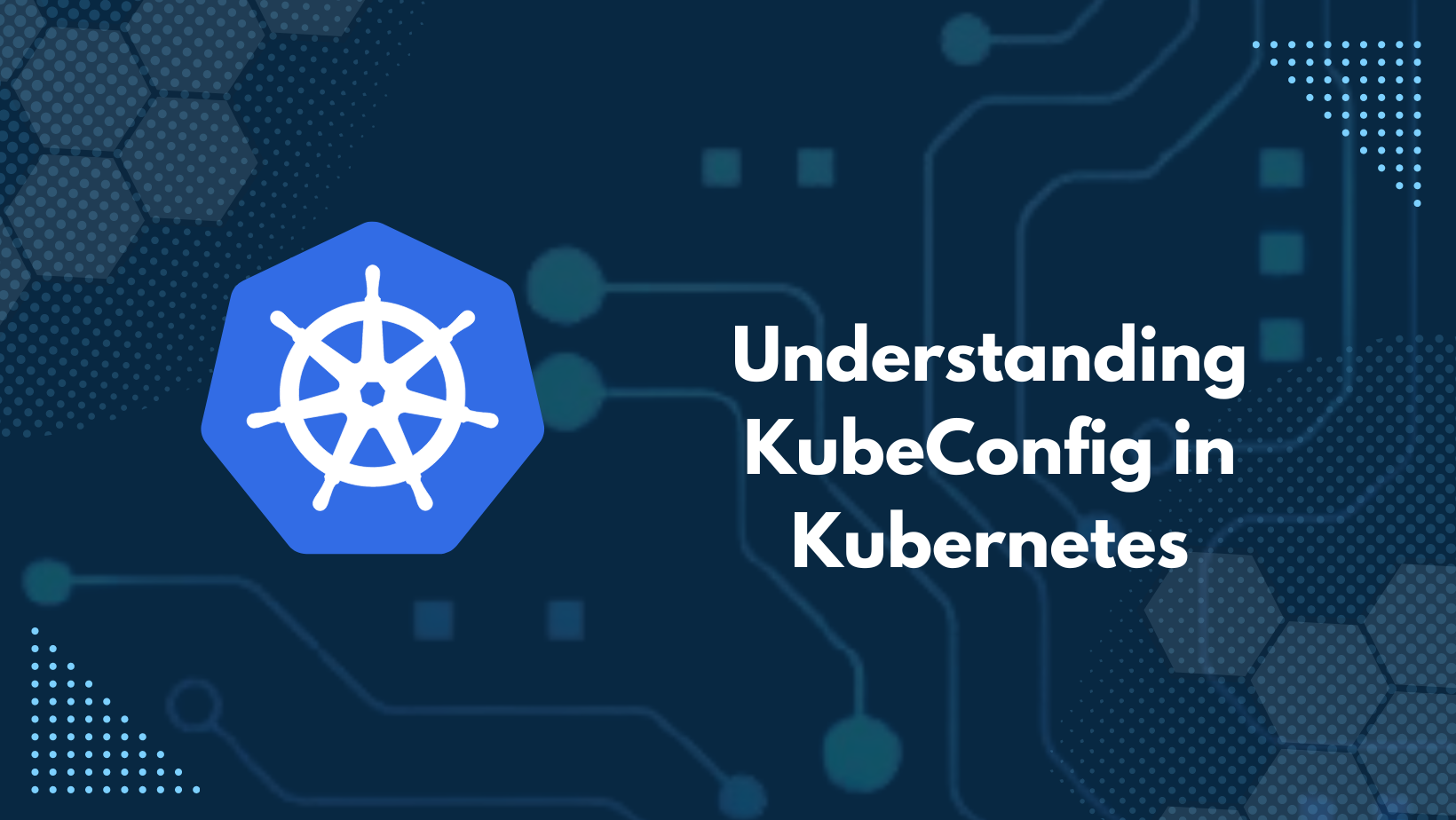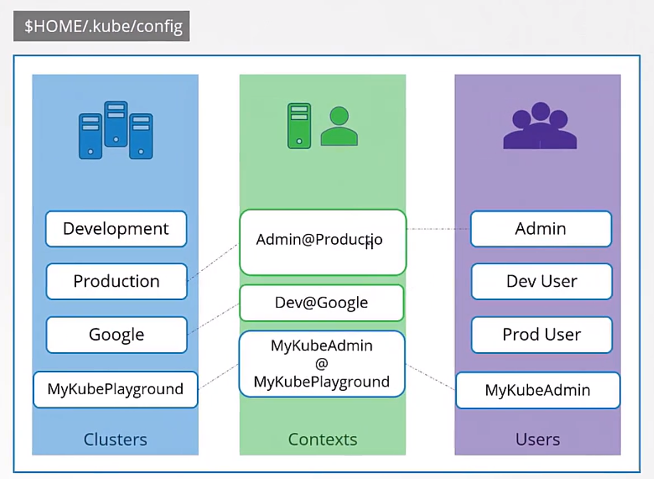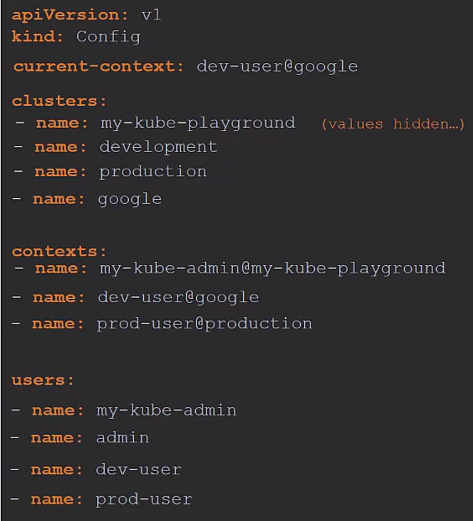Understanding KubeConfig in Kubernetes
 Ashutosh Mahajan
Ashutosh Mahajan
KubeConfig is an essential part of Kubernetes that plays a crucial role in accessing and managing your Kubernetes clusters. It is essentially a YAML file that contains the necessary information and credentials to communicate with the Kubernetes API server. Let's dive into the details of what a KubeConfig file is, its structure, and how to manage it.
🗼What is a KubeConfig File?
A KubeConfig file is a configuration file used by kubectl, the Kubernetes command-line tool, to access the Kubernetes API server. This file contains the required information about the API server and the necessary credentials to authenticate and interact with the server. The KubeConfig file is the key to securely and efficiently managing your Kubernetes clusters.
🗼Structure of a KubeConfig File
The KubeConfig file is divided into three main sections:
Clusters
Users
Contexts

Clusters
The Clusters section contains information about the various clusters you have access to. Each cluster entry includes the name of the cluster and the environment it represents. This allows you to manage multiple clusters from a single KubeConfig file, simplifying cluster management.
Users
The Users section includes user accounts that have access to the clusters defined in the Clusters section. Each user entry contains the necessary credentials, such as certificates or tokens, to authenticate against the clusters.
Contexts
The Contexts section defines which user account will use which cluster. This is where you can specify the combination of a cluster and a user to form a context. Contexts make it easy to switch between different clusters and user accounts without needing to modify the individual cluster or user entries.
For examples:

🗼Managing KubeConfig
Viewing the Current KubeConfig
To view the current KubeConfig file being used, you can run the following command:
kubectl config view
This command displays the current configuration, including all clusters, users, and contexts defined in the KubeConfig file.
Changing the Current Context
If you need to switch to a different context, you can use the kubectl config use-context command. For example, to switch to the prod-user@production context, you would run:
kubectl config use-context prod-user@production
This command changes the current context to the specified one, allowing you to interact with the desired cluster using the appropriate user account.
🗼Conclusion
Understanding and managing your KubeConfig file is essential for efficient Kubernetes cluster management. The ability to define multiple clusters, users, and contexts within a single configuration file provides flexibility and simplifies the management of complex Kubernetes environments. By mastering the use of KubeConfig, you can ensure secure and efficient access to your Kubernetes API server, making your cluster management tasks more streamlined and effective.
Feel free to leave a comment below if you have any questions or need further clarification on KubeConfig! Happy Kubernetes-ing!
Subscribe to my newsletter
Read articles from Ashutosh Mahajan directly inside your inbox. Subscribe to the newsletter, and don't miss out.
Written by

Ashutosh Mahajan
Ashutosh Mahajan
Proficient in variety of DevOps technologies, including AWS, Linux, Shell Scripting, Python, Docker, Terraform, Jenkins and Computer Networking. They have strong ability to troubleshoot and resolve issues and are consistently motivated to expand their knowledge and skills through expantion of new technologies.